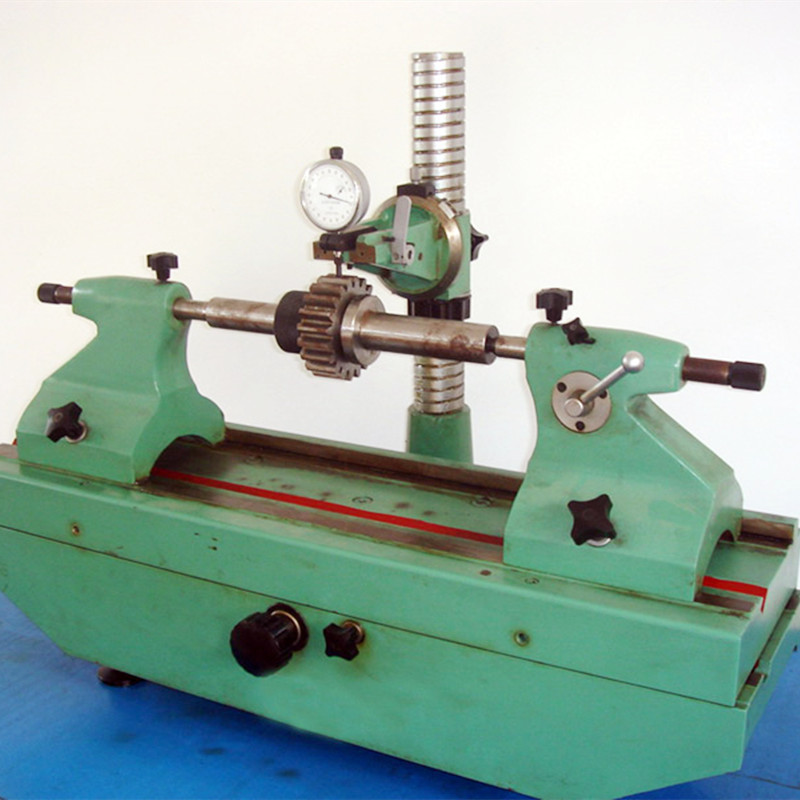නොවැ. . 21, 2024 14:15 Back to list
butterfly valve types
Understanding Butterfly Valve Types A Comprehensive Overview
Butterfly valves are an essential component in various industrial applications, primarily used to regulate or isolate the flow of fluids. Their simple design, reliability, and efficiency make them a popular choice in piping systems. The primary component of a butterfly valve is a circular disc that rotates around an axis, controlling the flow of the medium. There are several types of butterfly valves, each suited for specific applications and environments. In this article, we will explore the different butterfly valve types and their unique characteristics.
1. Concentric Butterfly Valves
Concentric butterfly valves, also referred to as traditional or centerline butterfly valves, are the most commonly used type. In these valves, the disc is centered within the pipe, rotating around a central axis. This design provides a tight seal when closed and is characterized by low-pressure drop characteristics. Concentric butterfly valves are ideal for water, oil, and gas applications, making them versatile in many sectors, including water treatment, HVAC systems, and chemical processing.
Eccentric butterfly valves, often known as high-performance butterfly valves, feature a disc that is offset from the centerline of the valve body. This design minimizes the contact between the disc and the seat, reducing wear and prolonging the valve's lifespan. The eccentricity allows for smoother operation and a better sealing capability, particularly in applications with higher pressure differentials and demanding conditions. These valves are often made from advanced materials to withstand corrosive environments, making them suitable for the chemical and petrochemical industries.
3. Double Eccentric Butterfly Valves
Double eccentric butterfly valves, also known as high-performance or bi-eccentric valves, take the eccentricity a step further by positioning the disc not only off-center but also using a cam-like pivot point. This unique feature allows for improved sealing performance and reduced operating torque, making it easier to open and close the valve. Double eccentric valves are preferred in high-pressure and high-temperature applications and are frequently used in power generation and oil and gas industries.
butterfly valve types

4. Triple Eccentric Butterfly Valves
Triple eccentric butterfly valves are designed for even greater performance in demanding applications. The disc is both off-center and has an additional eccentricity in the sealing surface, resulting in an almost perfectly smooth transition as the valve opens and closes. This design eliminates contact between the seat and the disc during operation, which dramatically reduces wear and improves sealing capabilities. Triple eccentric valves are often installed in critical services such as steam, high-temperature fluids, and hazardous material handling due to their superior performance and durability.
5. Lug Butterfly Valves
Lug butterfly valves are designed for dead-end service and feature threaded lugs on the valve body, allowing for installation between two flanges. This design enables easy replacement without needing to remove the entire segment of piping. Lug butterfly valves are widely used in various applications, including fire protection systems and water distribution.
6. Wafer Butterfly Valves
Wafer butterfly valves are compact, lightweight options designed to fit between two flanges without requiring additional bolting. The valve body is sandwiched between the flanges, providing a secure fit. Wafer butterfly valves are ideal for applications with space constraints and are commonly used in the HVAC and water treatment industries.
Conclusion
In summary, butterfly valves are essential components in various industrial processes, and understanding the different types available is crucial for selecting the right valve for specific applications. Whether it be concentric, eccentric, double eccentric, triple eccentric, lug, or wafer butterfly valves, each offers unique benefits that cater to different operational requirements. As industries continue to evolve, innovations in butterfly valve design will likely lead to even more efficient and reliable solutions for fluid control in the future.
-
Thread Plug Gauge Our Promise of Measurement ExcellenceNewsAug.22,2025
-
Gauge Pin Class Reflecting Quality LegacyNewsAug.22,2025
-
Check Valve Types for High Rise BuildingsNewsAug.22,2025
-
Water Control Valve for Irrigation SystemsNewsAug.22,2025
-
Gate Valve with Soft Seal TechnologyNewsAug.22,2025
-
Y Type Strainer for Oil and Gas ApplicationsNewsAug.22,2025
Related PRODUCTS









